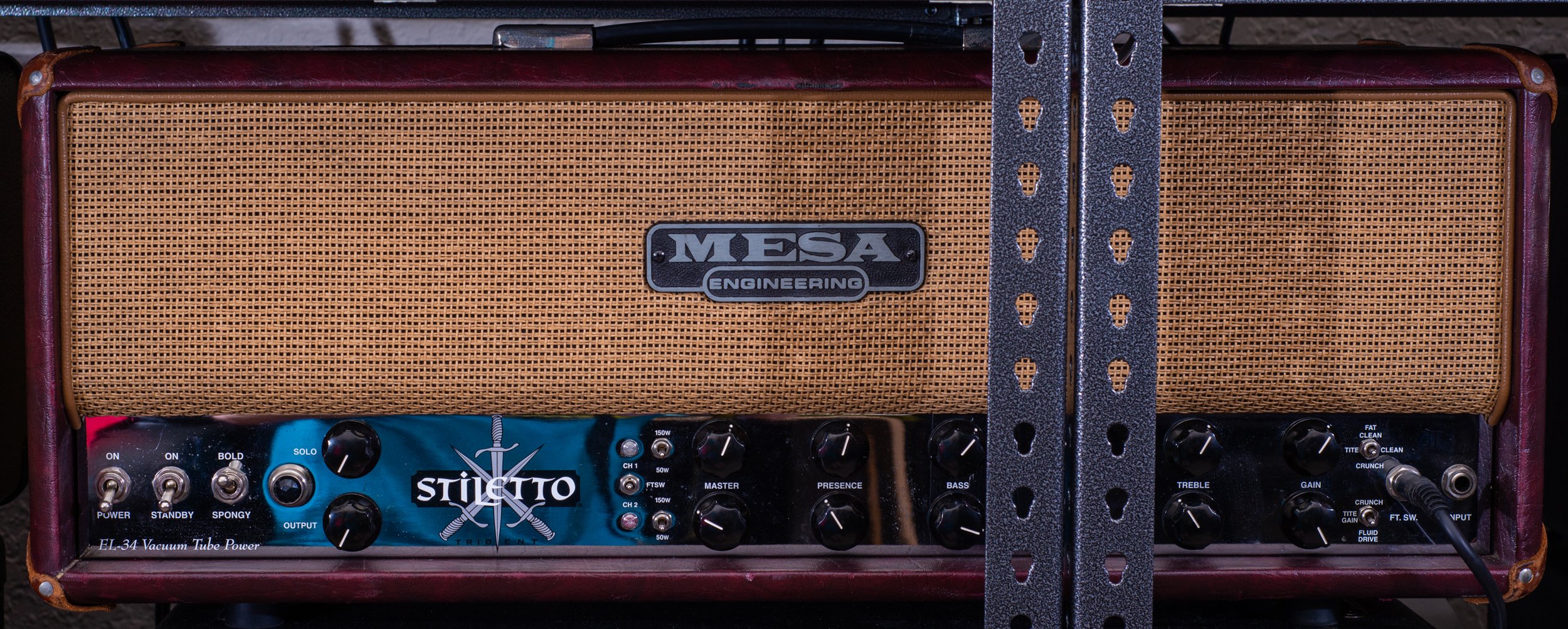After picking up a few ENGL’s, and being especially impressed with the Savage, I’ve been on the lookout for a few others to try out. I’ve always wondered what exactly makes them all different in terms of tone design - features are easy to read off of a website or manual, but for example, why are there so many 4 channel ENGL heads with seemingly very similar features?
The amp at the forefront of my list was the ENGL Powerball - but when I spotted this Fireball for an incredibly low price, I couldn’t resist.The Fireball shares much of the same DNA as the Powerball, with a nearly identical design in the lead channel, just missing a few features, and of course no crunch channel/modes, and a shared EQ with the clean channel. While I’m a big fan of crunch tones, and still hope to find a Powerball, there is something of an instant gratification with this amp, and I can see why it is so well liked. Simply plugging in with all of the controls (including gain) at halfway, and it’s a powerful, ripping metal tone right off the bat. It has a little less of a nasal quality compared to the Invader, and much more bass-heavy than the Savage. I’ve read comparisons that the Fireball/Powerball lack mids and thus have trouble cutting through, but so far I’ve been very impressed.
Even better, I bought the amp without any pictures from Guitar Center, and a relatively recent one with the new smooth shell covering arrived, and in mint condition! It’s a rarity to acquire something in such good shape from a GC used section, especially for a far below average price, so I’m very happy with the whole situation.





